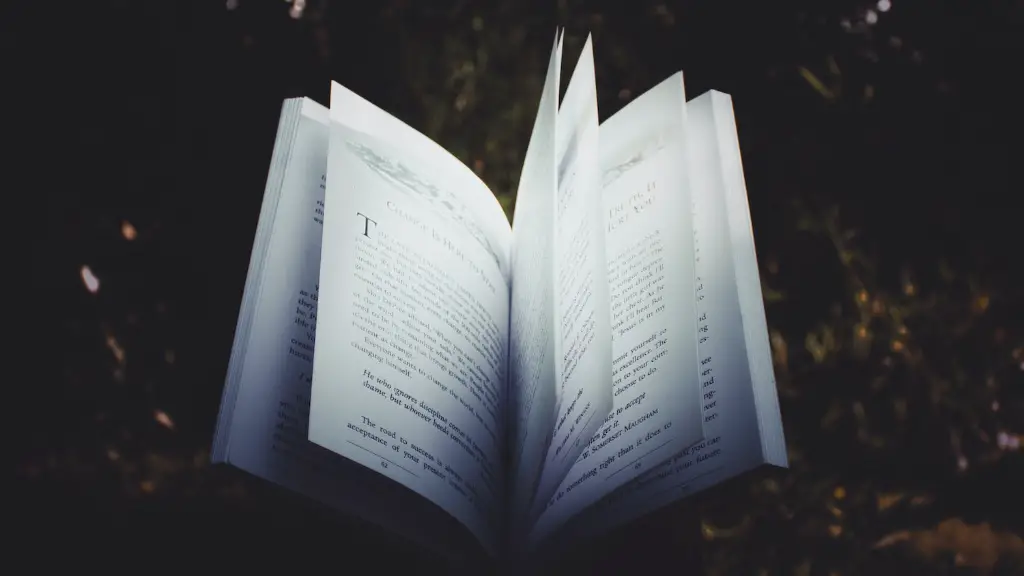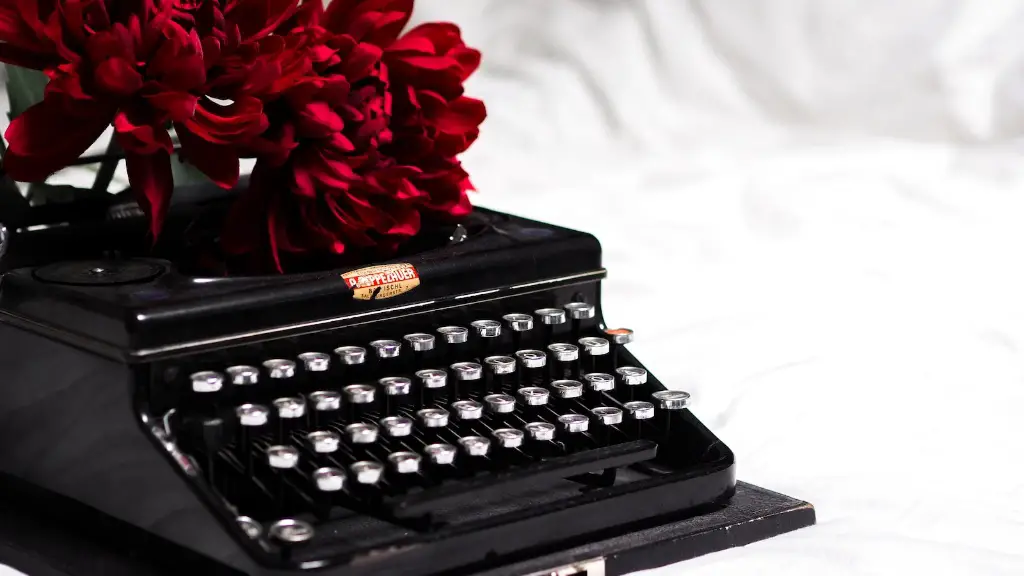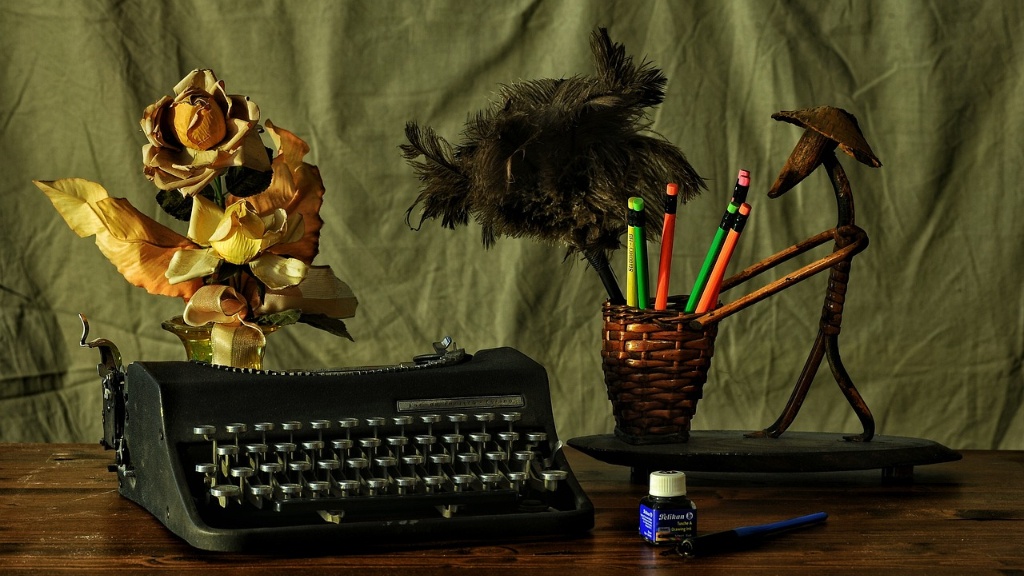A villanelle is a 19-line poetic form that is made up of five tercets (or stanzas of three lines) and a closing quatrain, which makes six four-line stanzas in total. The lines are structured in a pattern of rhyme and repetition so that the first and third line of the first tercet are repeated alternately in the following four tercets and then finally in the closing quatrain.
The villanelle is a form of poetic composition that has been in existence for centuries, with some of the earliest known examples coming from a collection of French medieval poetry known as La Chanson de Saisnes and the British Museum’s catalogue of 16th century poetry. It has been used by some of the world’s greatest poets, including Dylan Thomas, W.H. Auden, Elizabeth Bishop, Sylvia Plath, and Robert Browning.
For every villanelle, one line is chosen as the “refrain,” which is repeated throughout; this is typically the first and third lines of the first tercet, although the poem can be written with a different refrain. The refrain can be thought of as the “hook” of the poem, serving to draw the reader in and give the poem structure and rhythm. Aside from the refrain, the rest of the poem follows a specific pattern of rhymes: A1bA2 abA1 abA2 abA1 abA2 abA1A2 (the letters being different end rhymes). It is essential for these rhymes to follow the same pattern throughout the poem in order to maintain the structure.
Though the villanelle may seem deceptively simple to read and write, it is a skilled and challenging form of poetry. According to poet Shara McCallum, a villanelle is a poem “where everything is set and you must make do with the ingredients you have. It’s like a puzzle that needs to be solved—with words.” Thus, the art to writing villanelles lies in one’s ability to use the same words in creative, innovative ways in order to give the poem depth and complexity. Each line and each word must be carefully chosen to make sure that the meaning and purpose of the poem as a whole is well served.
Because of the complexity and difficulty of the form, villanelles are often considered to be one of the most difficult forms of poetry to write. However, these challenges only serve to make them more rewarding for poets and more enjoyable for readers. The complexity of the structure makes the villanelle unique and captivating, allowing a poet to create depth and meaning that can’t be found in other forms of poetry.
Meaningful Messages
One of the primary appeals of the villanelle is its ability to convey meaningful messages to readers. The combination of the poem’s structure and its content provide a powerful way to use language to express thoughts and ideas. For example, Dylan Thomas’s poem “Do Not Go Gentle Into That Good Night” is a villanelle that expresses a powerful message about the fight against death and the need for life and resilience.
By using the same words and phrases throughout the poem, a poet is able to craft an intensely meaningful message that stays with the reader long after the poem is read. Additionally, the repetition of lines serves to emphasize the most important words and ideas that the poet wishes to emphasize, making them stand out to the reader.
Structure
The structure of the villanelle is another element that makes this form of poetry so captivating. Unlike most other poetry forms, the villanelle uses a specific, consistent pattern of lines, rhymes, and refrains that is followed throughout the poem. This strict structure serves to give the poem a sense of balance and order, allowing the reader to see the connections and relationships between words and ideas.
The structure of the villanelle also provides a certain degree of unpredictability for the reader. By using multiple rhymes and refrains throughout the poem, the author is able to experiment with creating unexpected connections and surprises in the poem. This element of surprise can make the poem more enjoyable and exciting for the reader, who is constantly anticipating the next surprise in the poem.
Connection
Finally, by using the same words and phrases over and over, a villanelle creates a strong sense of connection for both the poet and the reader. The repetition of certain words and phrases teaches the reader to recognize them and establishes a sort of musical pattern that can be both comforting and meaningful.
The repetition of the same words and phrases throughout the villanelle also allows the poet to create a deeper emotional connection with the reader. The repeated words and phrases serve to reinforce the poem’s main idea, allowing the poet to emphasize the most important messages that they want to convey.
Rituals
Another important aspect of the villanelle is the fact that it is meant to be performed. This means that the poem is meant to be read aloud and experienced as an auditory and spatial experience. When read aloud, the villanelle takes on a new life in the form of a ritual, in which the poet and the reader enter into an intimate and unique connection with the poem.
The ritualistic nature of the villanelle allows the poet to create a performative experience for their audience. The repetition of words and phrases throughout the poem create a sense of urgency and anticipation, as the reader knows that the same words and phrases will be repeated. This can create a powerful, almost magical atmosphere in which the listener can explore the poem and its message on a deeper level.
The ritualistic performance of the villanelle also allows the poet to explore the poem’s themes and messages in a creative, engaging way. By speaking or chanting the poem’s words aloud, the poet is able to create a powerful and deeply personal experience for the listener.
Importance of the Villanelle
The villanelle is an important form of poetry that has been used by poets for centuries. Its unique structure and use of repetition create a powerful emotional connection between the poet and the reader that can’t be replicated by any other form of poetry. This connection allows for a deeper exploration of the poem’s themes, messages, and ideas.
In addition to its emotional and symbolic power, the villanelle’s ritualistic nature also provides an interesting and engaging way to explore the poem and its message. Through its rituals, the villanelle allows the poet and reader to enter into a unique, personal experience that can’t be found in any other form of poetry.
Finally, the villanelle also provides a creative challenge for poets, as it requires them to be inventive and inventive with their words and ideas. This challenge helps to keep the poet sharp and to encourage them to create memorable, meaningful poems that will stay with the reader long after the poem has been read.
Usage in Modern Society
Despite its centuries-old history, the villanelle and its unique structure have remained popular throughout the years. In modern society, villanelles are often used to explore a range of topics, from love and loss to the environment and politics.
The modern villanelle has also become a popular tool for writing protest and protest anthems. By using its powerful mix of repetition and emotion, protest poets have been able to create powerful pieces of poetry that resonates with readers around the world.
The villanelle is also often used in modern hip hop and rap music. By combining the powerful combination of lyrics, beats, and repetition, rap artists are able to create strong, powerful messages and emotions in their songs.
Ultimately, the villanelle is an important form of poetry that has stood the test of time. Its unique structure and use of repetition has provided poets, writers, and musicians with a powerful tool for conveying their messages, stories, and emotions. Through its rituals, the villanelle has allowed poets and readers to create an intimate and powerful connection with their work.
Analysis and Thought Processes
Though the villanelle is often seen as a difficult form of poetry, it actually provides poets with a unique opportunity to be creative and innovative. By carefully choosing words and themes, poets can use the villanelle to create powerful messages and stories that will stay with readers long after they’ve finished the poem.
In addition, the villanelle’s structure offers poets the chance to explore their thoughts and feelings in depth. Through the poem’s structure, the poet is able to analyze their own thoughts and feelings, allowing them to gain insight into their own mental and emotional states.
Finally, the use of repetition in the villanelle is an effective way to explore ideas in depth. By repeating words and phrases, the poet is able to explore their ideas in a way that is more meaningful and powerful. This repetition also allows the poet to emphasize their most important ideas and messages, making them stand out to the reader.
Conclusion
In conclusion, the villanelle is a beautiful and powerful form of poetry that has been used for centuries. Its unique structure allows poets to explore their thoughts and feelings in an engaging and meaningful way, while its use of repetition creates a powerful emotional connection between the poet and the reader.
From its beginnings in Medieval France to its use in hip hop and rap music in modern times, the villanelle has been one of the most enduring and captivating forms of poetry. Its power and beauty continue to inspire poets and readers alike, allowing them to create an intimate, powerful connection with their work.





